How long is the proper steaming time for hand-made coffee? Why does hand coffee need to be steamed?
Steaming is a very important stage for hand-brewing coffee, whether the coffee is good or not depends on whether steaming is good or not. So steaming coffee is an important lesson in learning to make coffee.
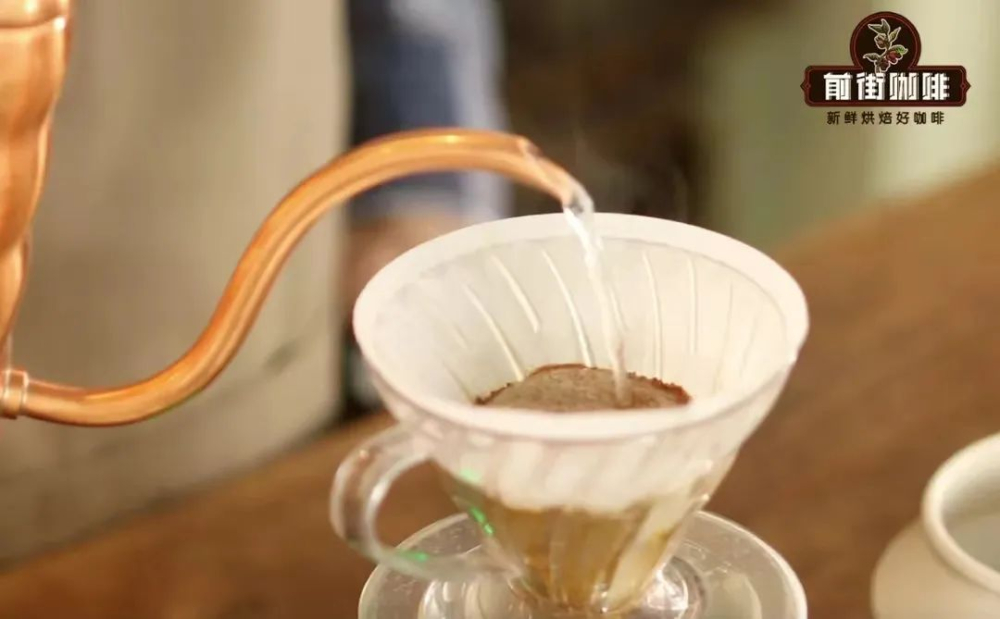
The main purpose of learning steaming is to understand the effect of steaming on the final flavor of coffee, as well as how much water should be injected, how to inject water, and how long it will last. Qianjie has already explained in detail in the previous article how much water should be injected into steaming and how to inject steaming water, so this time Qianjie will focus on the time of steaming coffee. First of all, let's talk about why hand flushing needs steaming. This is because freshly ground coffee powder is rich in flavor substances, but it is also rich in carbon dioxide, which affects (prevents) the release of flavor substances.
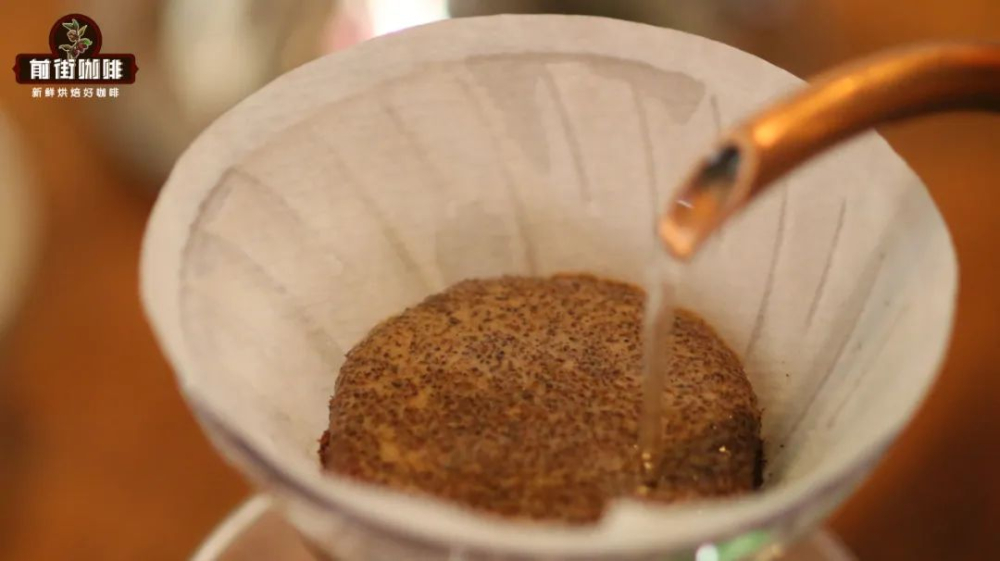
In soaking utensils, we are not worried about the effect of carbon dioxide on flavor release, because the soaking time can be controlled independently, which can start to release carbon dioxide after coffee meets water, and then release rich coffee flavor substances. But the drip-filter type of hand-brewed coffee cannot, because the water will fall into the pot with gravity, so if the carbon dioxide in the coffee powder is not discharged beforehand, the water will fall into the pot without releasing the coffee flavor. That is to say, the extraction efficiency is low. So hand-brewed coffee needs to use the method of "steaming" to release carbon dioxide from the coffee powder, so that subsequent water injection makes it easier to extract coffee flavor substances.
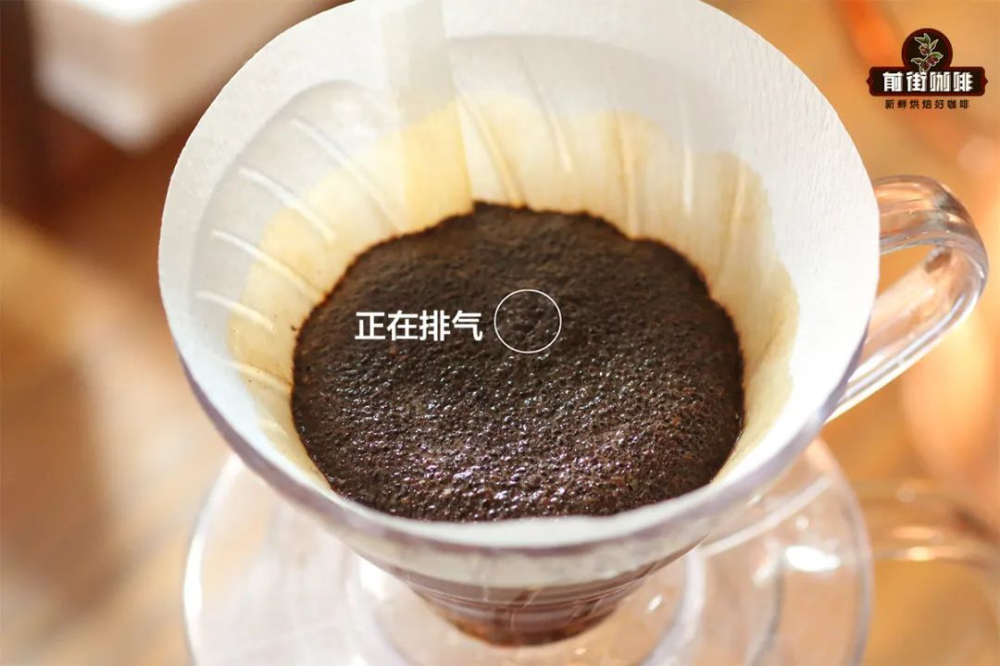
So how long do we have to wait for steaming? I believe you are no stranger to the description of 30 seconds. Yes, 30 seconds of steaming is the parameter given by most cooking suggestions. So what's the basis for this 30 seconds? This is based on the length of time that most coffee beans are selected according to the expansion and exhaust of coffee powder when they are normally watered and steamed. There are three kinds of steaming: insufficient steaming, too long steaming and moderate steaming. Insufficient steaming is not set aside enough time for coffee powder exhaust, resulting in the subsequent brewing of the gas is still discharged, a large bubble, in this case will affect coffee extraction, prone to thin, astringent feeling.
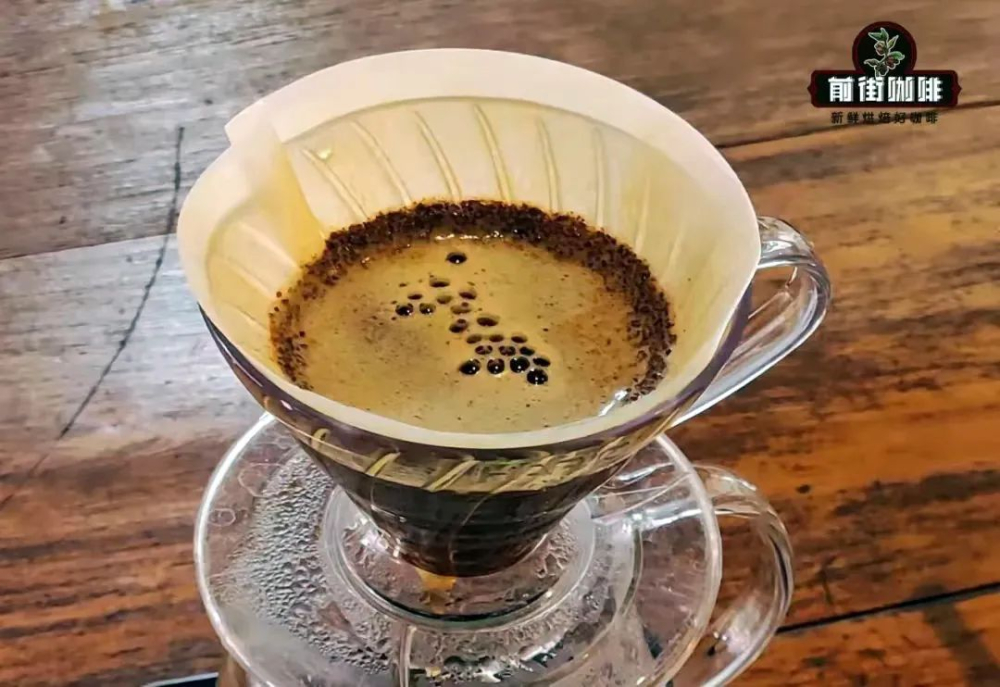
Steaming for too long means that the coffee has been steamed for too long, the carbon dioxide has been emitted, the excess water is dripping into the pot along with the filter cup diversion tank, the whole coffee burger is dry, and there are holes between the coffee powder. Steaming for too long can easily make coffee bitter and mixed.
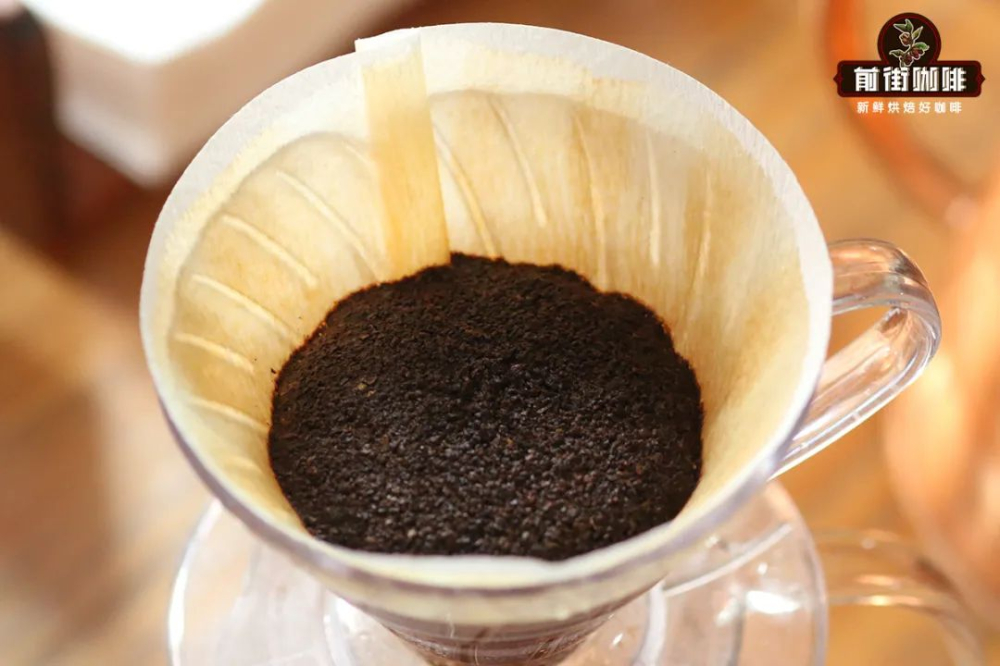
The coffee powder layer that has been steamed for too long will first flush a hole in the subsequent water injection, and the subsequent foam will slowly emerge.
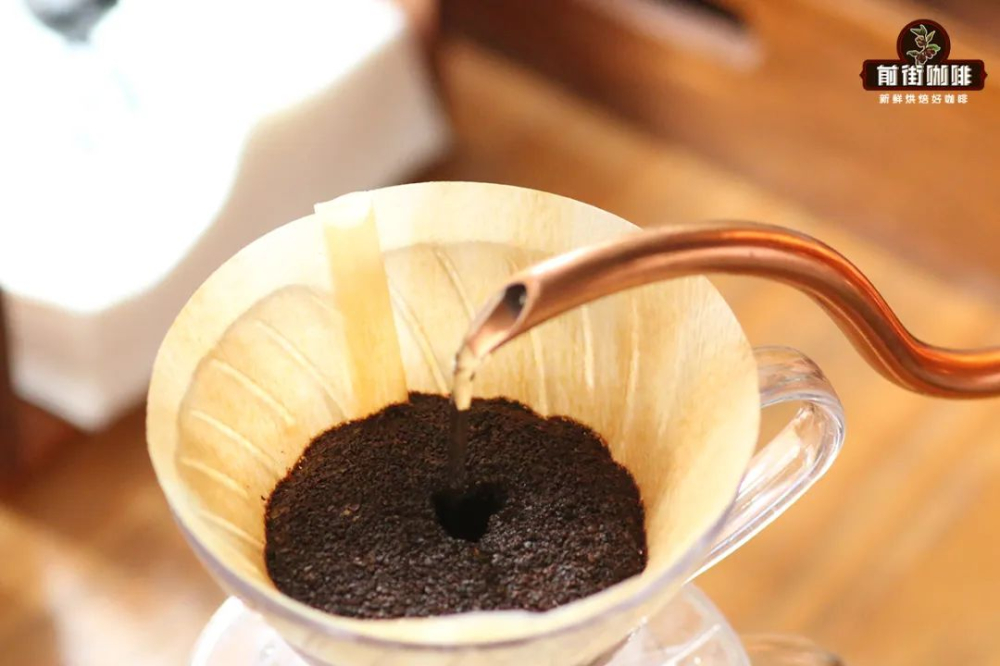
The surface of the moderate steaming coffee powder layer is completely wetted and expanded, the gas is just discharged, and the powder layer is stable and no longer exhales. Moderate steaming is a continuous process (between 5 seconds), not a moment. So the steaming time of 30 seconds is suitable for most coffee beans, even if the novice doesn't understand the principle of steaming, you can get a cup of good coffee by following the brewing advice.

Of course, the versatile 30 seconds can not satisfy the majority of hand coffee players, turn to study the principle of steaming has found the best time for steaming. It has been said in front of the street that the purpose of steaming is to discharge carbon dioxide from the coffee powder, so the amount of carbon dioxide, the rate of discharge (steaming state) and the way of water injection will affect the best steaming time. The amount of carbon dioxide in the coffee bean is related to how long the coffee bean is from the baking date. The freshly baked coffee bean is full of carbon dioxide gas. If the coffee bean is boiled at this time, the steaming time needs to be properly extended to ensure the gas emission. The front street will be combined with the actual steaming time (about 35 seconds).
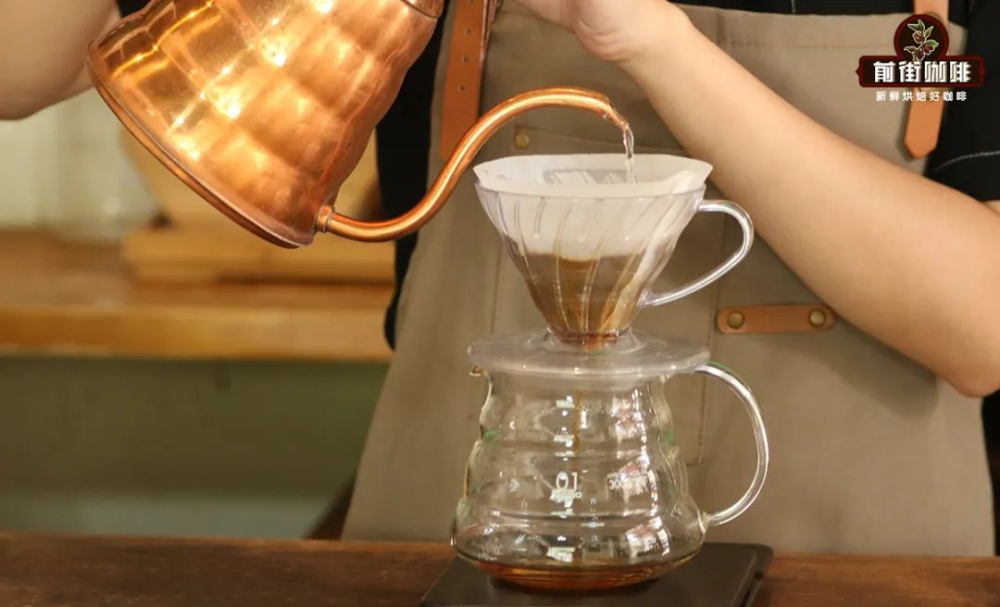
After 4-7 days of soybean cultivation, the gas in the coffee bean gradually stabilized. In 4-30 days, Qianjie will be steamed for about 28-30 seconds according to the actual situation. And 30 days later, the coffee beans almost exhaust, when steaming can no longer afford to bulge or slightly bulge, then the steaming time needs to be shortened to about 20-25 seconds. In addition, the emission rate of coffee with different roasting degrees is not the same. Although deep-roasted coffee beans are rich in gas, their loose fibers make them absorb water very well, so they can absorb water and exhaust better. When steaming deep-roasted coffee, we can see a large hamburger bulging in the powder layer, and the exhaust is orderly and not in a hurry. Shallow roasted coffee because the texture is relatively hard, the water is difficult to reach the inside of the particles, so the exhaust efficiency will be lower, it is necessary to set aside enough time for coffee powder to exhaust.
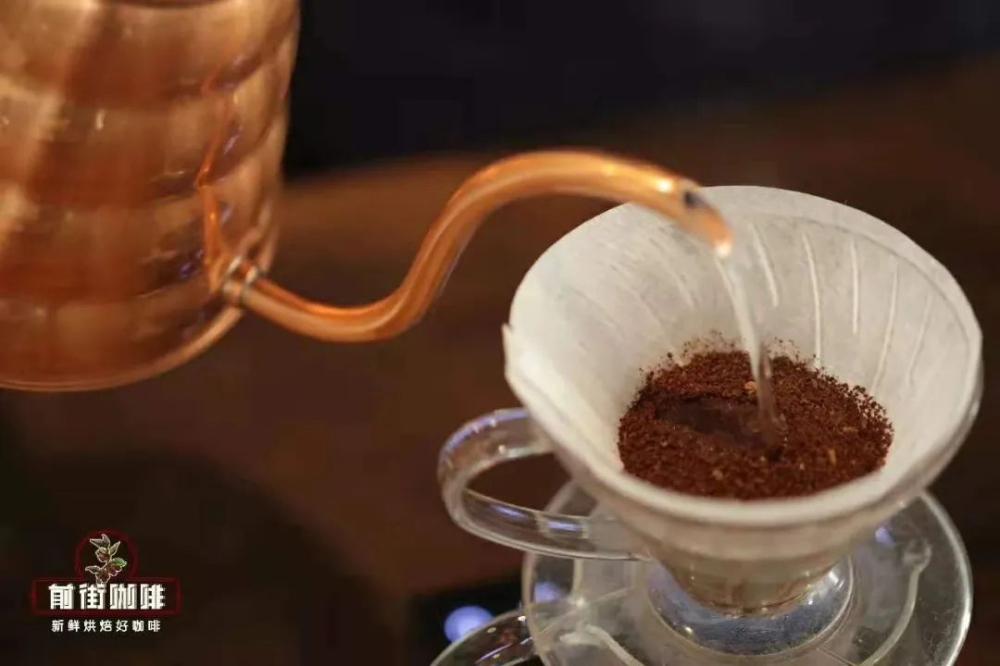
The way of water injection is different, the exhaust time is also different, our common stuffy steam for 30 seconds is to use the common loop water injection steaming, this way can evenly wet coffee powder, exhaust efficiency is also high. There is also the process of brewing like the Japanese drip method, which is actually the process of coffee exhaust, that is, steaming, which lasts for 2-3 minutes. So when we judge the steaming time, we can proceed from the reality and observe the state of the coffee powder layer (hamburger). When steaming and injecting water, first make sure that the coffee powder layer is all wet, and then observe the expansion exhaust state of the coffee powder. When the coffee powder layer stabilizes and no longer exhales, it means that the steaming explanation can continue to inject water. If the coffee powder layer is stable at 25 seconds, you can wait another 2 seconds to confirm that it is stable and then start injecting water. If the time is more than 30 seconds, but the coffee powder layer is still exhaling and bubbling, you need to wait until the coffee powder has finished exhaling before starting to inject water.
Important Notice :
前街咖啡 FrontStreet Coffee has moved to new addredd:
FrontStreet Coffee Address: 315,Donghua East Road,GuangZhou
Tel:020 38364473
- Prev

Handmade coffee simple brewing method tutorial what detailed parameters should be paid attention to in making coffee
Qianjie wants to ask you a question: "do you think it is difficult to make two cups of coffee with the same taste?" Most of my friends said it was too difficult, and one of them said, "every time I brew out coffee is full of unknowns. I won't know what it tastes like until I drink it!" Qianjie thinks that two cups of coffee should taste exactly the same.
- Next

What is the effect of grindability on the taste of hand-brewed coffee? What is the appropriate thickness of coffee powder for making coffee?
Some friends complained to the front street that they often couldn't find the grinding degree of the coffee, and the coffee was either too sour or too bitter. Coffee grinding degree of this knowledge point because the variable is too large, for beginners, in most cases lies in the state of blind people touching the elephant. So Qianjie is going to combine the extraction time to help you understand.
Related
- Beginners will see the "Coffee pull flower" guide!
- What is the difference between ice blog purified milk and ordinary milk coffee?
- Why is the Philippines the largest producer of crops in Liberia?
- For coffee extraction, should the fine powder be retained?
- How does extracted espresso fill pressed powder? How much strength does it take to press the powder?
- How to make jasmine cold extract coffee? Is the jasmine + latte good?
- Will this little toy really make the coffee taste better? How does Lily Drip affect coffee extraction?
- Will the action of slapping the filter cup also affect coffee extraction?
- What's the difference between powder-to-water ratio and powder-to-liquid ratio?
- What is the Ethiopian local species? What does it have to do with Heirloom native species?

